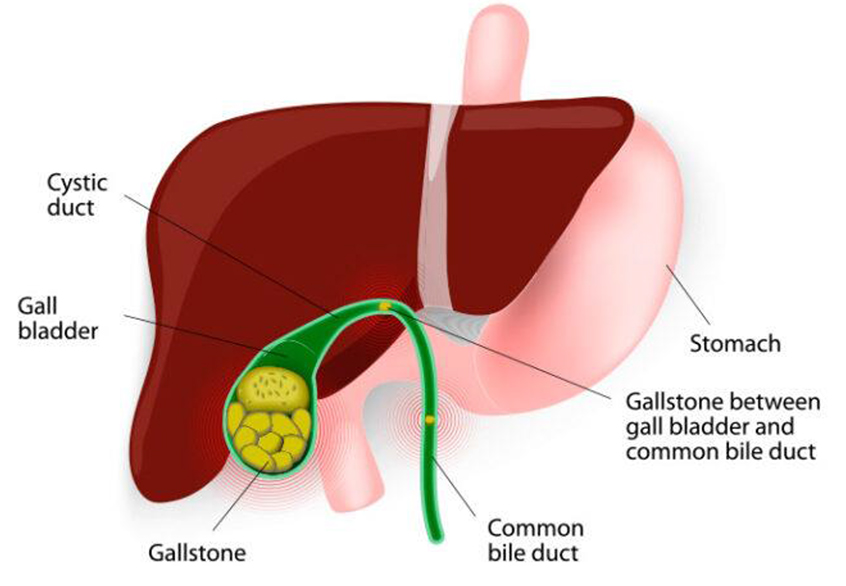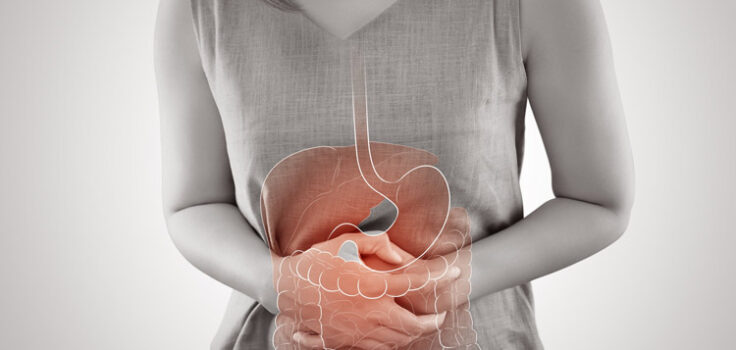Gallbladder Stones: Do Not Ignore
The 35-year-old woman listened quietly as I explained what her ultrasound report showed. I suggested that she should get a cholecystectomy done.
The woman wasn’t surprised to hear that she had a stone in the gallbladder. That’s why she had consulted me in the first place. One day earlier, after having her dinner, she started having severe pain the right upper abdomen along with nausea and vomiting. She took an online appointment and I suggested her to get an ultrasound done. During the video consultation When I suggested her to get cholecystectomy done- she immediately denied any surgery/any further visit to the hospital due to the fear of COVID. In-spite of detailing her about the dangers she might have to face if she refuses surgery, I couldn’t change her mind.
This scenario is not just a single episode, it’s a repeated scene in surgery OPDs these days …but then one more scenario which has become very common these days is these patients (who were earlier neglecting their gallstone problem), landing up in emergency with severely inflammed gallbladder with infection setting in or with jaundice and pancreatitis.
Facts about gallstones

The gallbladder is a pear-shaped organ present beneath the liver
The gallbladder’s main job is to store bile — a thick, greenish-brown liquid that’s produced by the liver.
After taking a meal, the gallbladder contracts, pushing bile through a small tube called the common bile duct into the upper portion of small intestine.
Cholesterol is the main cause of gall stone formation and dysfunctional gall bladder is the other common reason.
Gallstones are more common in females of fertile age group (20-50 years).
Ultrasound can spot gall stones Patients having upper abdomen discomfort, feeling of nausea and indigestion must undergo ultrasonography as a routine because most of the times patients with gallstones present with complications if they go undetecteted or are not timely managed.
Management
Surgical removal of the gallbladder (cholecystectomy), is the recommended treatment. Laparoscopic/Keyholesurgery is the best way to treat symptomatic gallstone and should be done within 24-48 hrs of acute pain.
Life after gallbladder removal
After the gallbladder is removed, bile flows directly from liver into small intestine. A person is still be able to digest food.
So, it is my advice to all those who are detected with gall stones or having symptoms of gallstones, to consult a surgeon and take appropriate care to prevent the avoidable complications occur due to gallbladder stone.




